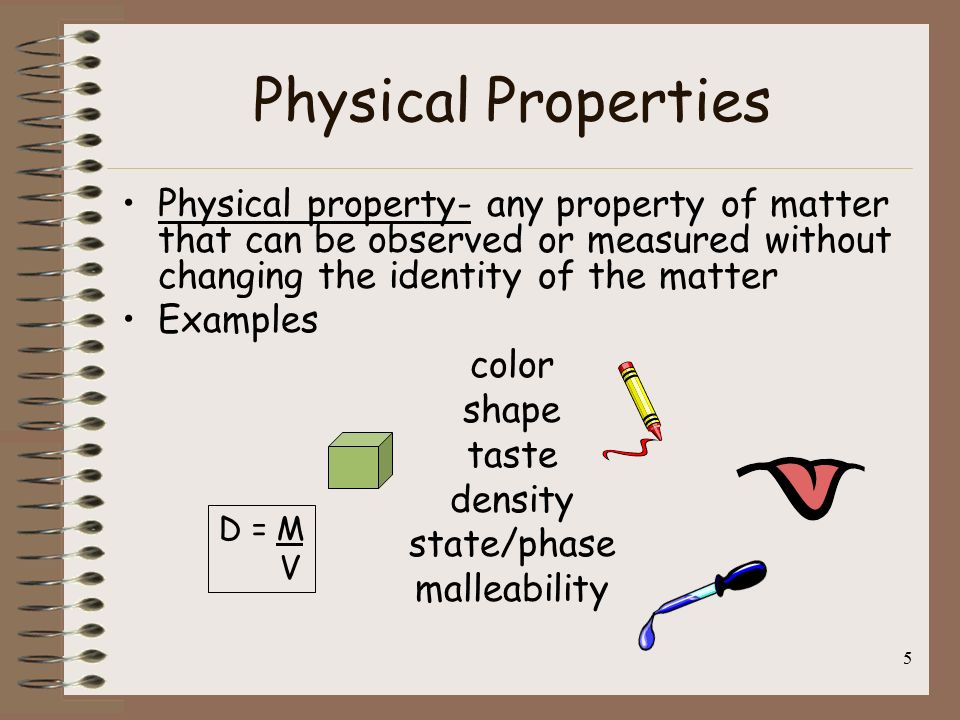Unknown Facts About "LIHTC vs Section 8 Housing: What's the Difference?"

Understanding LIHTC: A Comprehensive Guide
The Low-Income Housing Tax Credit (LIHTC) program is one of the most successful plan tools in advertising inexpensive real estate growth in the United States. This program encourages private assets in low-income real estate through providing tax obligation credit ratings to designers who develop or rehabilitate affordable rental units. In this complete manual, we will definitely explore the record, construct, and perks of the LIHTC program.
Record of LIHTC
The LIHTC plan was generated as component of the Tax Reform Act of 1986. The target was to address the cost effective real estate problems that had been brewing for years due to a mixture of factors, consisting of decreasing federal government funding for property programs and increasing rental payments. Congress realized that exclusive financial investment can participate in a important duty in dealing with this complication and developed an motivation for creators to put in in cost effective casing.
Framework of LIHTC
The LIHTC program supplies tax credits to designers who build or fix up rental devices that are rented out to low-income homes. The amount of tax credit history is located on the cost of building or refurbishing the system and is calculated as a amount of that cost. The credit report is spread over 10 years, meaning that designers may declare a part of it each year for 10 years.
There are two styles of tax credit ratings given under the LIHTC system: 9% and 4%. The 9% credit score is reserved for projects along with better needs, such as those located in high-cost places or serving remarkably low-income homes. The 4% credit score is accessible for all other jobs.
To be qualified for LIHTC, programmers need to agree to rent out at least 20% (or more) of their systems at below-market leas to households earning no additional than 60% (or reduced) Area Median Income (AMI). They must also dedicate to maintaining these units cost effective for at least 30 years.

Advantages of LIHTC
The LIHTC plan has actually numerous benefits for programmers, financiers, and low-income houses. For creators and clients, the system delivers a steady and predictable resource of financing for cost effective property ventures. The income tax debts can be utilized to balanced out federal income tax responsibility or offered to other real estate investors who can easily make use of them to balanced out their personal tax obligation.
For low-income families, LIHTC delivers gain access to to secure and nice affordable housing in areas where they may not or else be able to pay for to live. The program has been successful in making brand new budget-friendly rental devices as well as keeping existing ones through rehabilitation.
In addition, LIHTC has considerable financial perks for the areas where the growths are located. Cost effective housing produces projects during the course of construction and operation, produces home tax revenue for local area authorities, and provides to neighborhood economic development.
Verdict
The Low-Income Housing Tax Credit plan is a important tool in marketing cost effective property advancement in the United States. By supplying apartments to designers who build or restore budget friendly rental devices, this course promotes exclusive expenditure in low-income real estate. The design of LIHTC needs programmers to devote to long-term affordability criteria that help low-income households while additionally giving many economic benefits for communities where these advancements are located.
Understanding the history, structure, and advantages of LIHTC is essential for policymakers, supporters, and anyone intrigued in promoting gain access to to safe and cost effective housing for all Americans.
